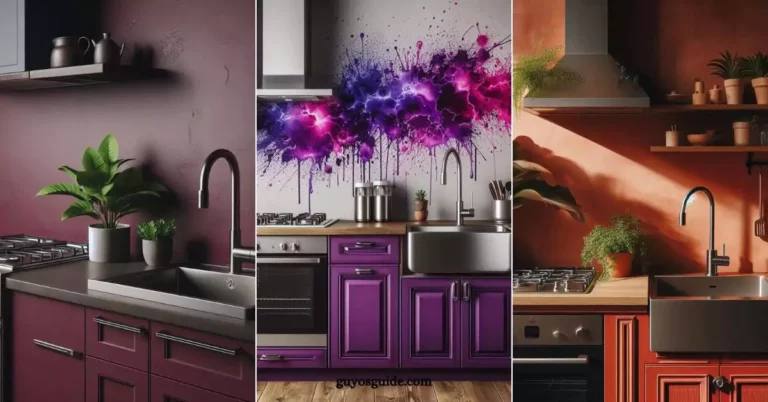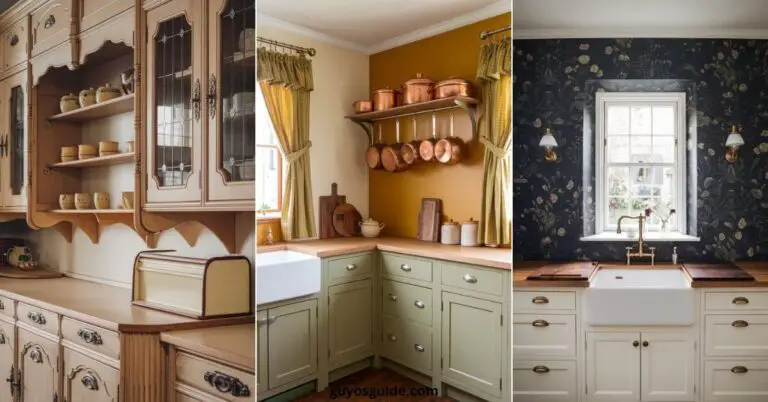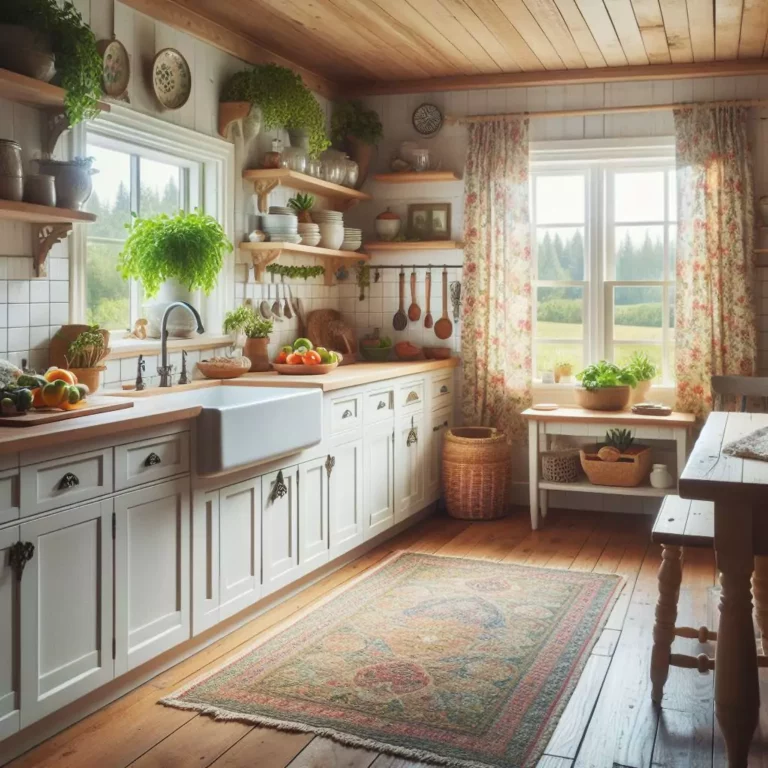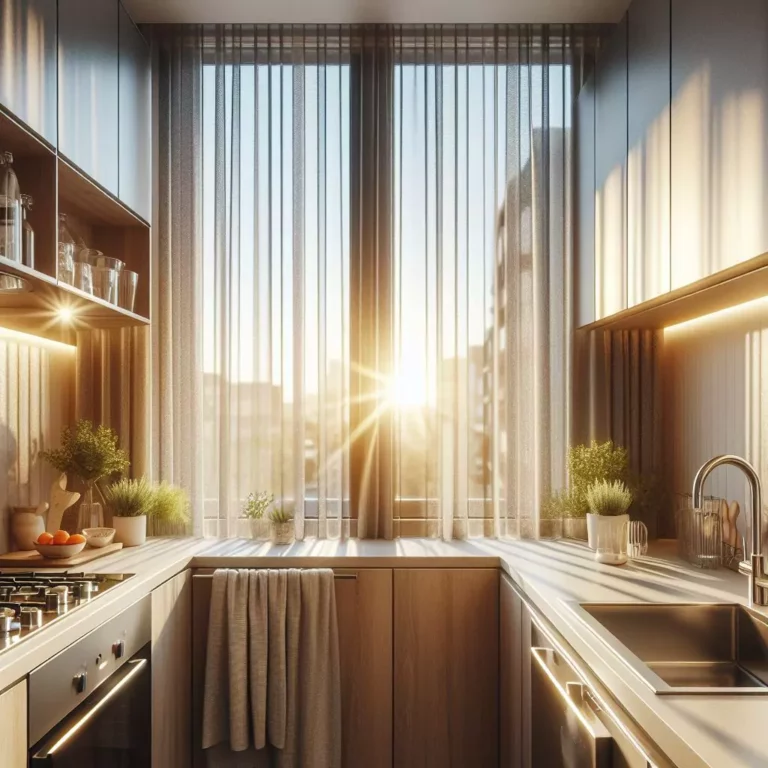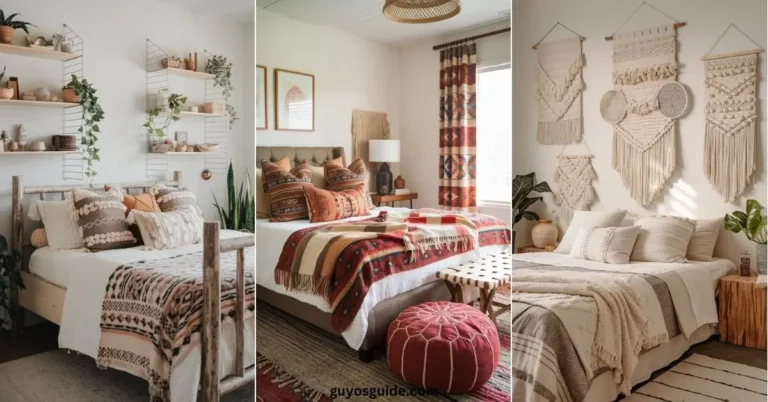15 Things You Need To Know Before Decorating Your Kitchen
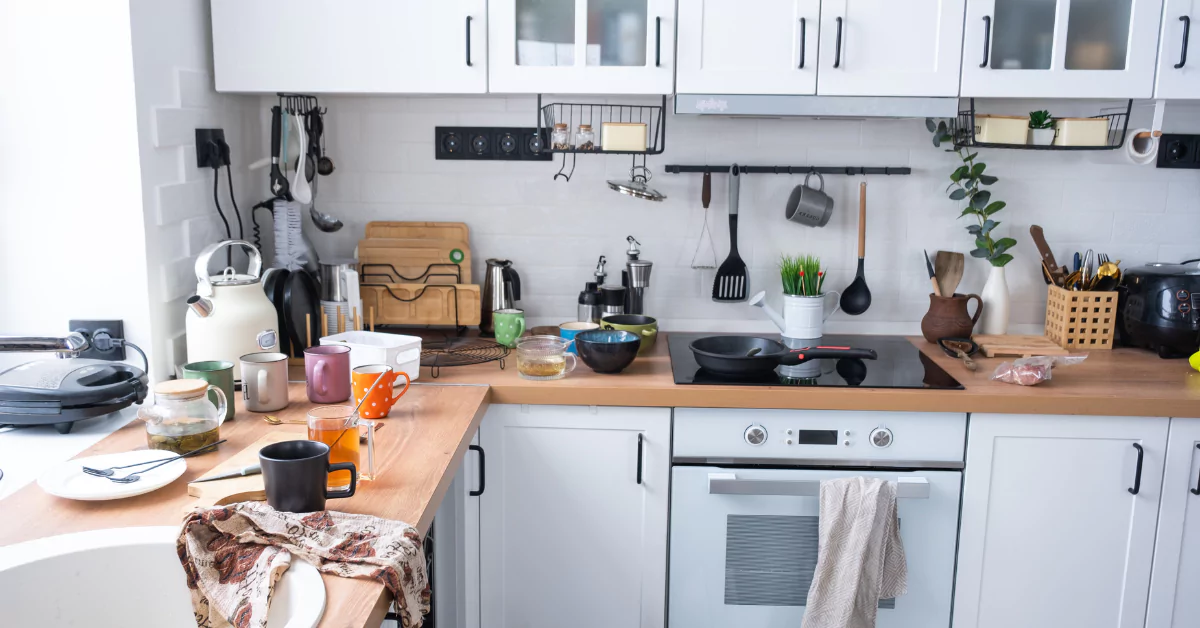
When it comes to decorating your kitchen, there are key factors to consider for a successful transformation.
From choosing the right color scheme to maximizing storage space, careful planning is essential.
In this guide, we will explore the important things you need to know before diving into kitchen decoration.
Let’s get started.
1. Consider Your Kitchen Layout
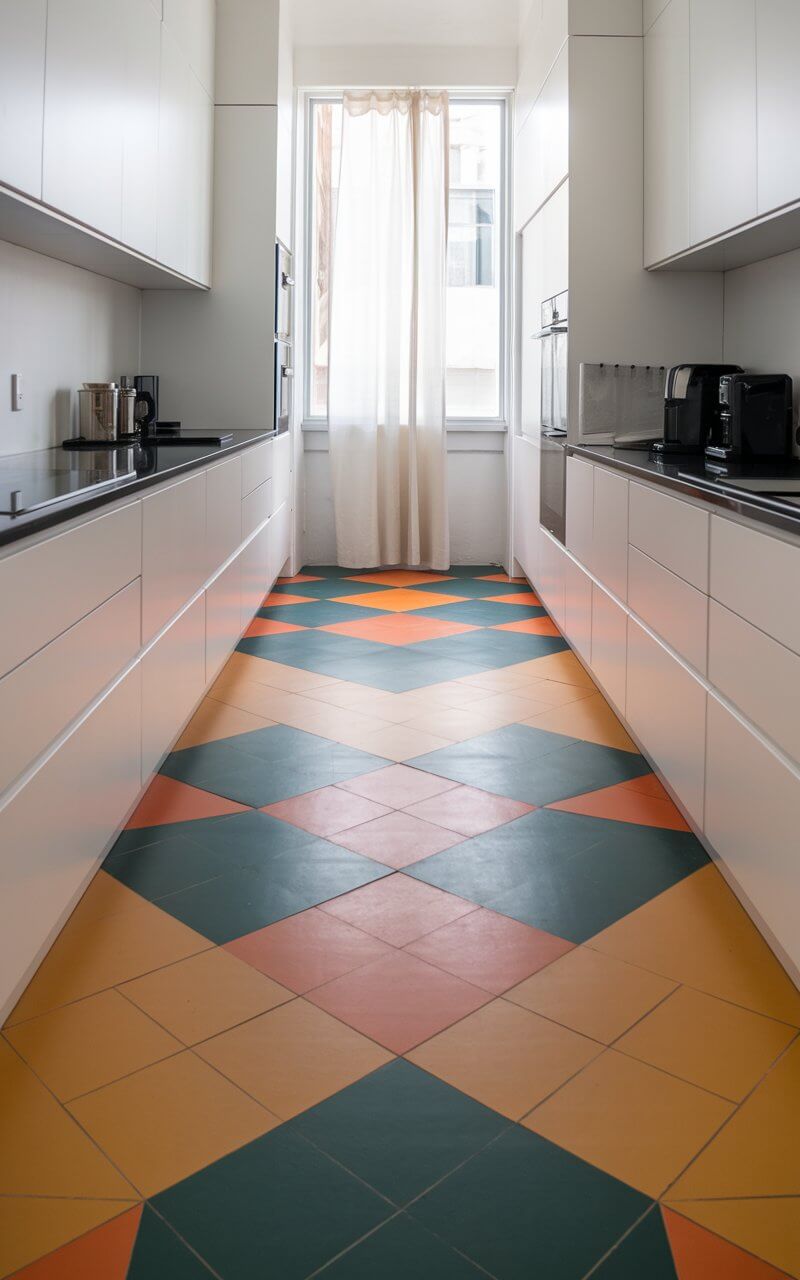
When decorating your kitchen, start by analyzing its layout. Understand the placement of key elements like the sink, stove, and refrigerator to optimize efficiency and flow.
Whether it’s a galley, L-shaped, or open-concept kitchen, the layout will influence your design decisions significantly.
2. Assess Your Storage Needs
Assess the storage requirements of your kitchen. Determine the amount of space needed for pantry items, cookware, utensils, and small appliances.
Consider incorporating various storage solutions such as cabinets, drawers, shelves, and pantry organizers to keep your kitchen organized and clutter-free.
3. Think About Workflow Efficiency
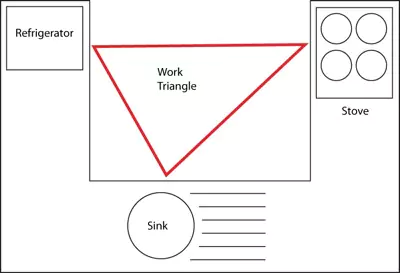
Efficient workflow is essential for a functional kitchen. Plan the layout to facilitate smooth movement between the cooking, prepping, and cleaning zones.
Aim for a triangular arrangement between the sink, stove, and refrigerator, minimizing unnecessary steps and optimizing convenience during meal preparation.
4. Evaluate Lighting Options
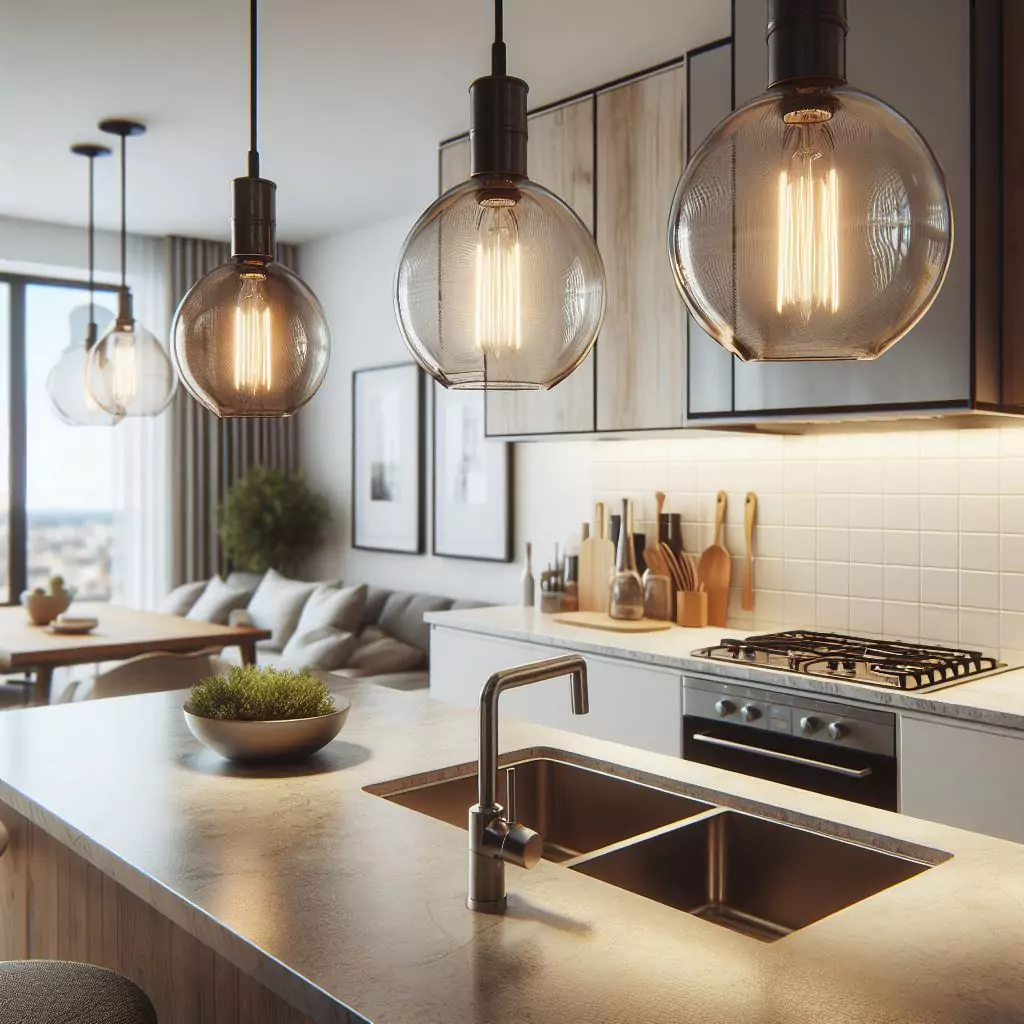
Lighting plays a crucial role in kitchen decor and functionality. Assess natural and artificial lighting sources to ensure adequate illumination throughout the space.
Incorporate a combination of ambient, task, and accent lighting to enhance visibility, create ambiance, and highlight key areas like countertops, cabinets, and dining areas.
5. Choose Durable Materials
Select durable materials for surfaces and fixtures to withstand the rigors of daily kitchen activities.
Opt for high-quality countertops, flooring, cabinetry, and hardware that offer longevity, and resistance to moisture, heat, and stains.
Consider materials like granite, quartz, stainless steel, and porcelain tile for a balance of style and durability.
6. Prioritize Safety and Accessibility
Safety and accessibility are paramount in kitchen design. Choose ergonomic and user-friendly features that cater to all family members, including children and seniors.
Install non-slip flooring, rounded countertop edges, and accessible storage solutions to prevent accidents and ensure ease of use for everyone.
7. Reflect Your Personal Style
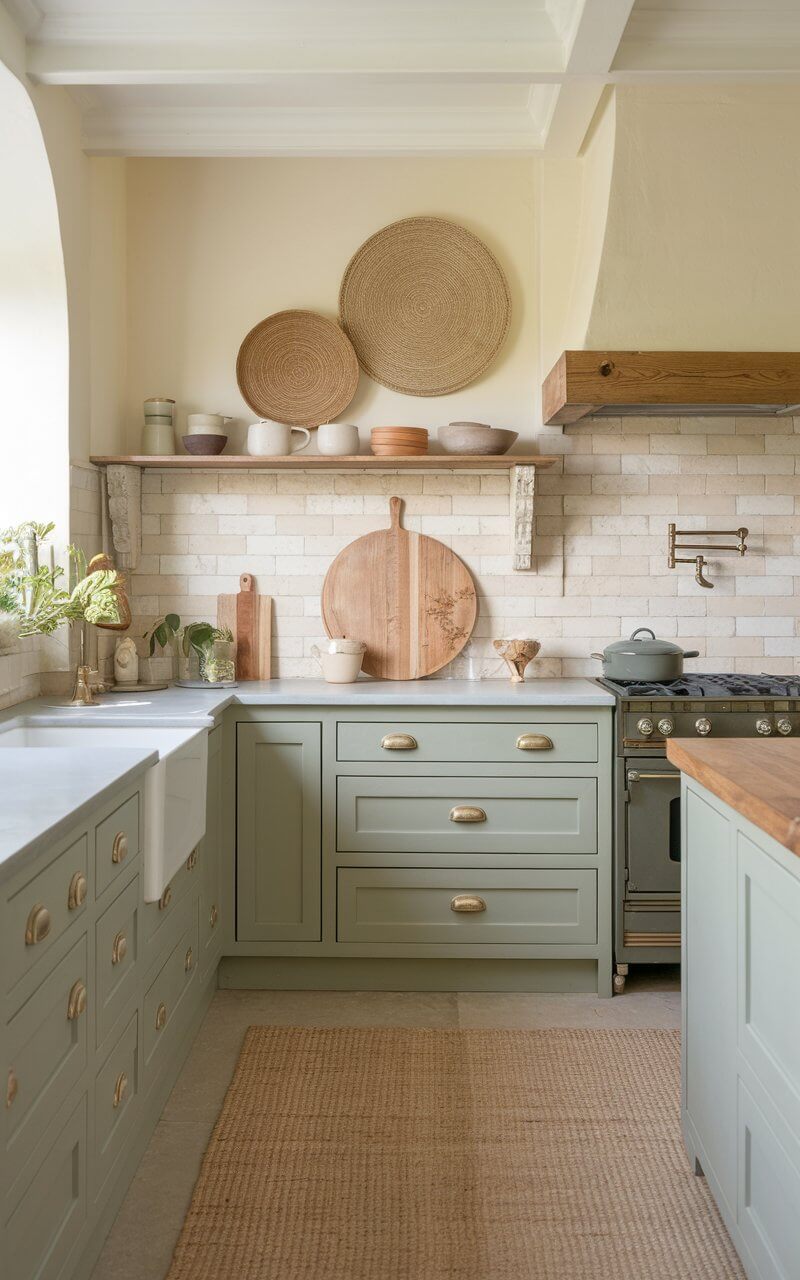
Infuse your personal style into the kitchen decor to create a space that reflects your taste and personality.
Whether you prefer sleek modern design, rustic farmhouse charm, or eclectic bohemian vibes, incorporate elements like color schemes, textures, patterns, and decorative accents that resonate with your aesthetic preferences.
8. Incorporate Efficient Appliances
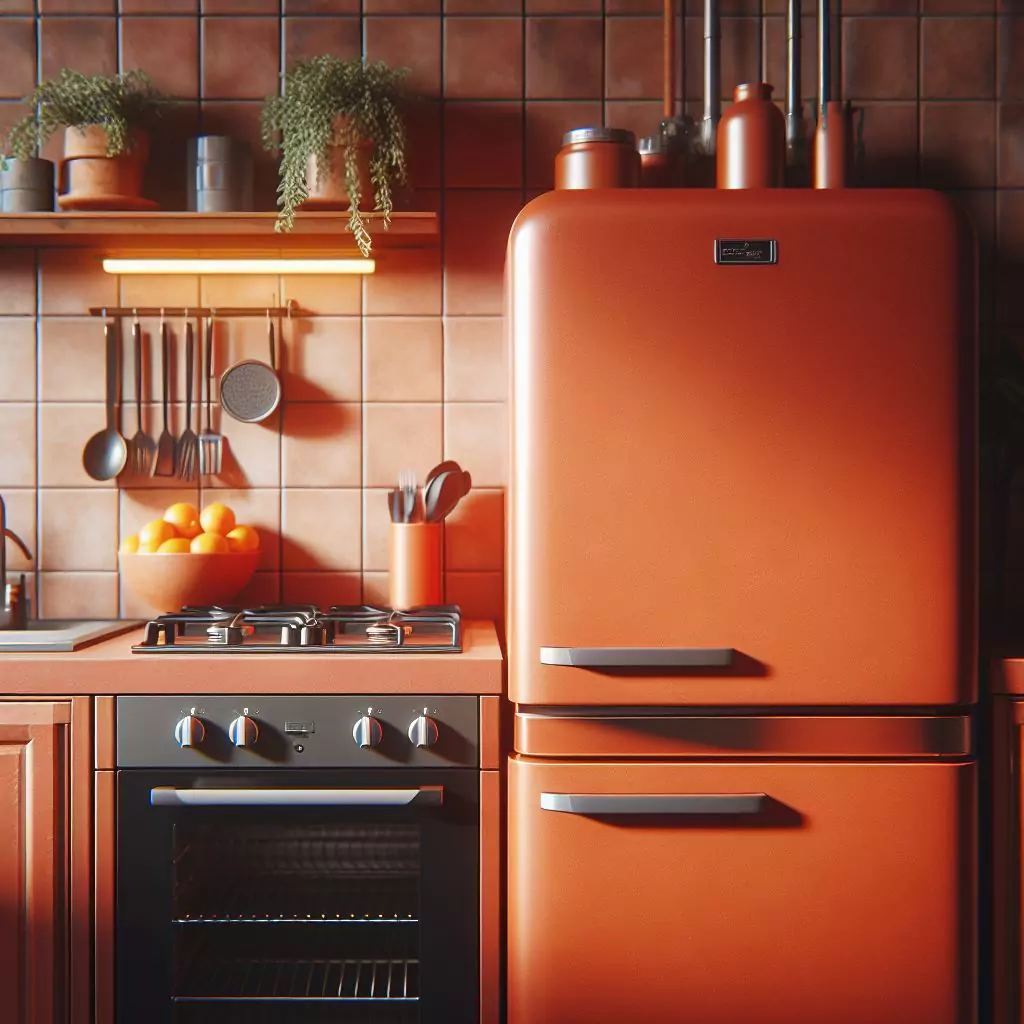
Select energy-efficient appliances that not only save on utility costs but also contribute to a more sustainable kitchen.
Choose appliances with high Energy Star ratings and innovative features that enhance performance while reducing environmental impact.
Consider factors like size, capacity, and functionality to meet your cooking needs efficiently.
9. Plan for Easy Maintenance
Simplify maintenance tasks by choosing materials and finishes that are easy to clean and maintain.
Opt for stain-resistant countertops, wipeable backsplashes, and low-maintenance flooring options that require minimal upkeep.
Incorporate design elements that discourage dirt and grime buildup, making it easier to keep your kitchen looking fresh and inviting.
10. Maximize Counter Space
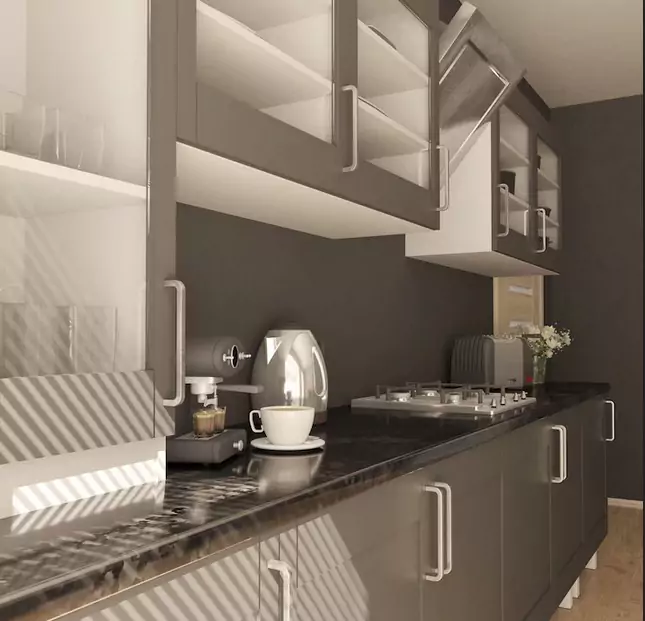
Maximize usable counter space by optimizing layout and storage solutions. Minimize clutter and clear countertops of unnecessary items to create ample workspace for meal prep, cooking, and serving.
Consider extending counters with kitchen islands, peninsulas, or breakfast bars to provide additional surface area for tasks and seating.
11. Ensure Proper Ventilation
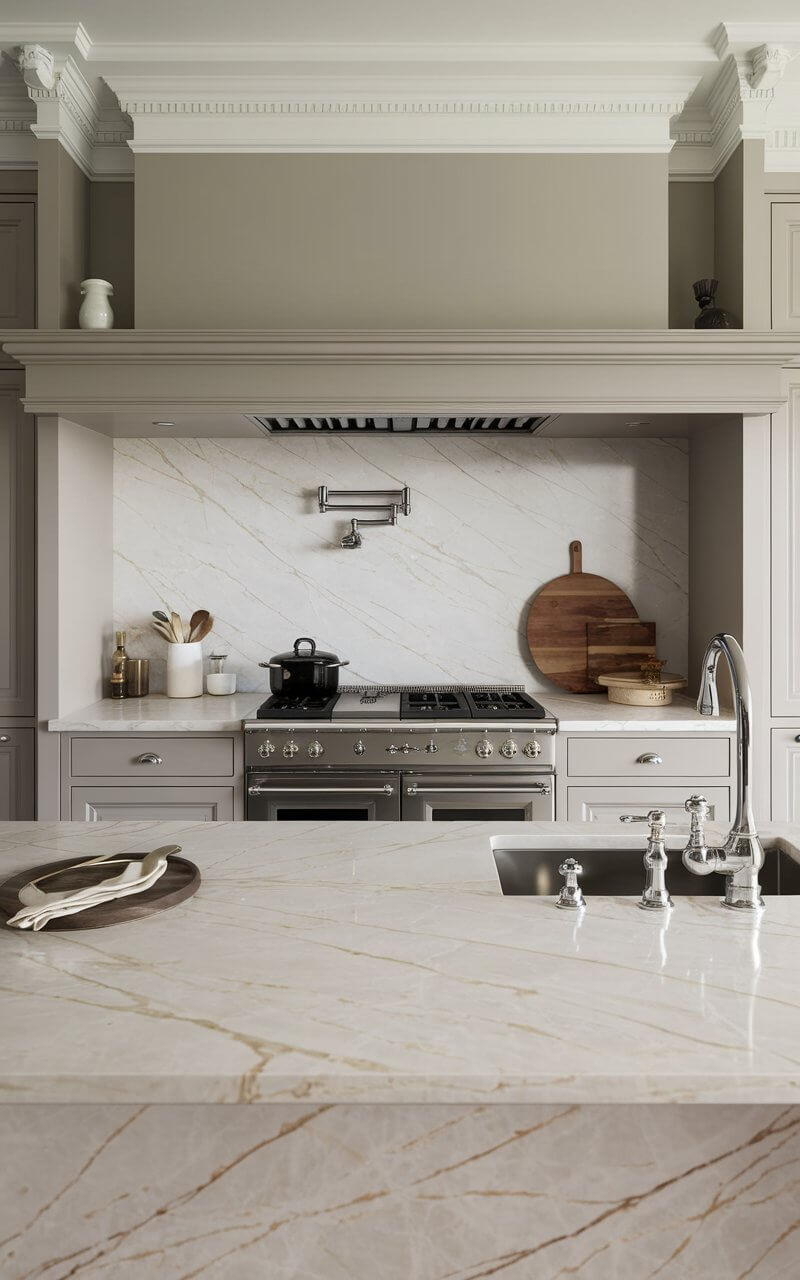
Proper ventilation is essential for maintaining air quality and removing cooking odors, smoke, and moisture from the kitchen.
Install a range hood or vent fan above the stove to exhaust fumes and prevent grease buildup.
Ensure adequate ventilation through windows, vents, or duct systems to promote a healthy and comfortable kitchen environment.
12. Coordinate Colors and Finishes

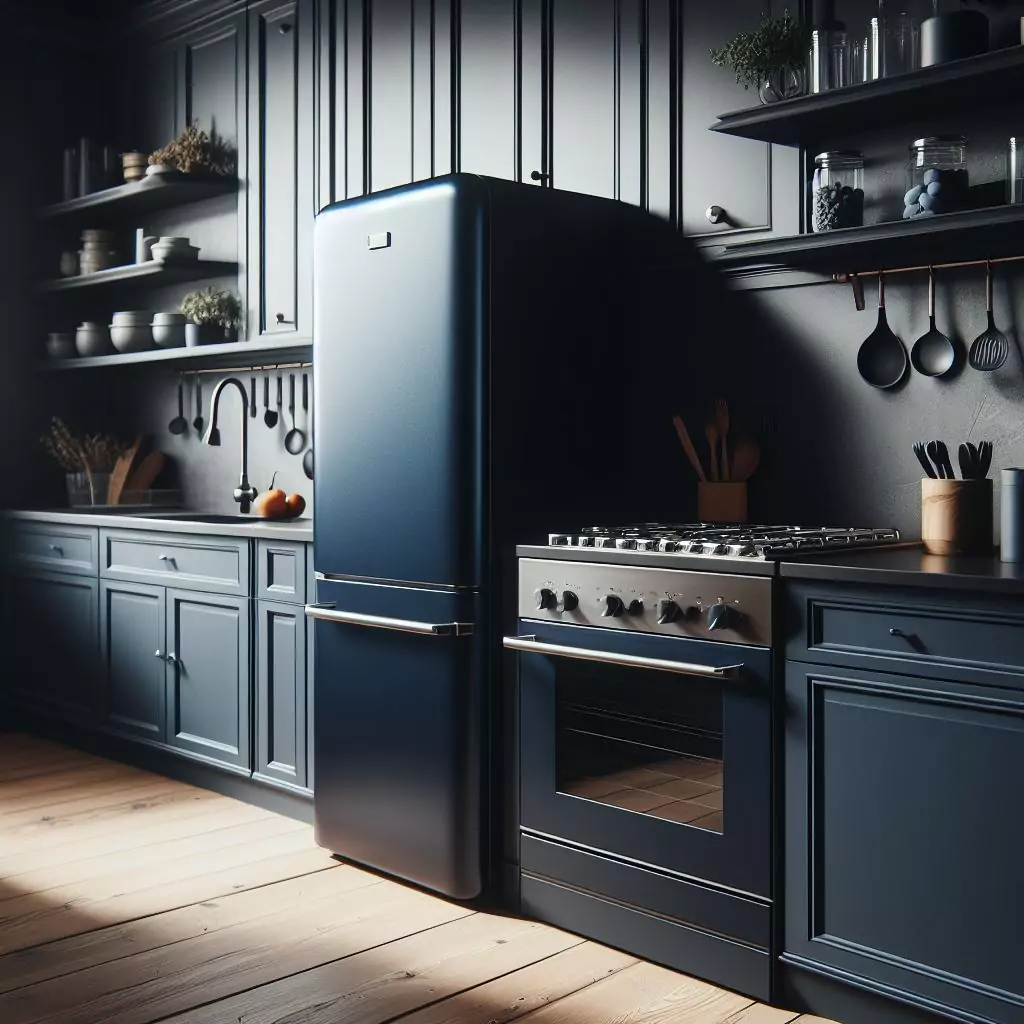
Create a cohesive look by coordinating colors and finishes throughout the kitchen. Choose a color palette that complements your overall design theme and enhances visual continuity.
Coordinate cabinet finishes, countertop materials, backsplash tiles, and flooring options to achieve a harmonious and well-balanced aesthetic.
13. Harmonize with Adjacent Spaces
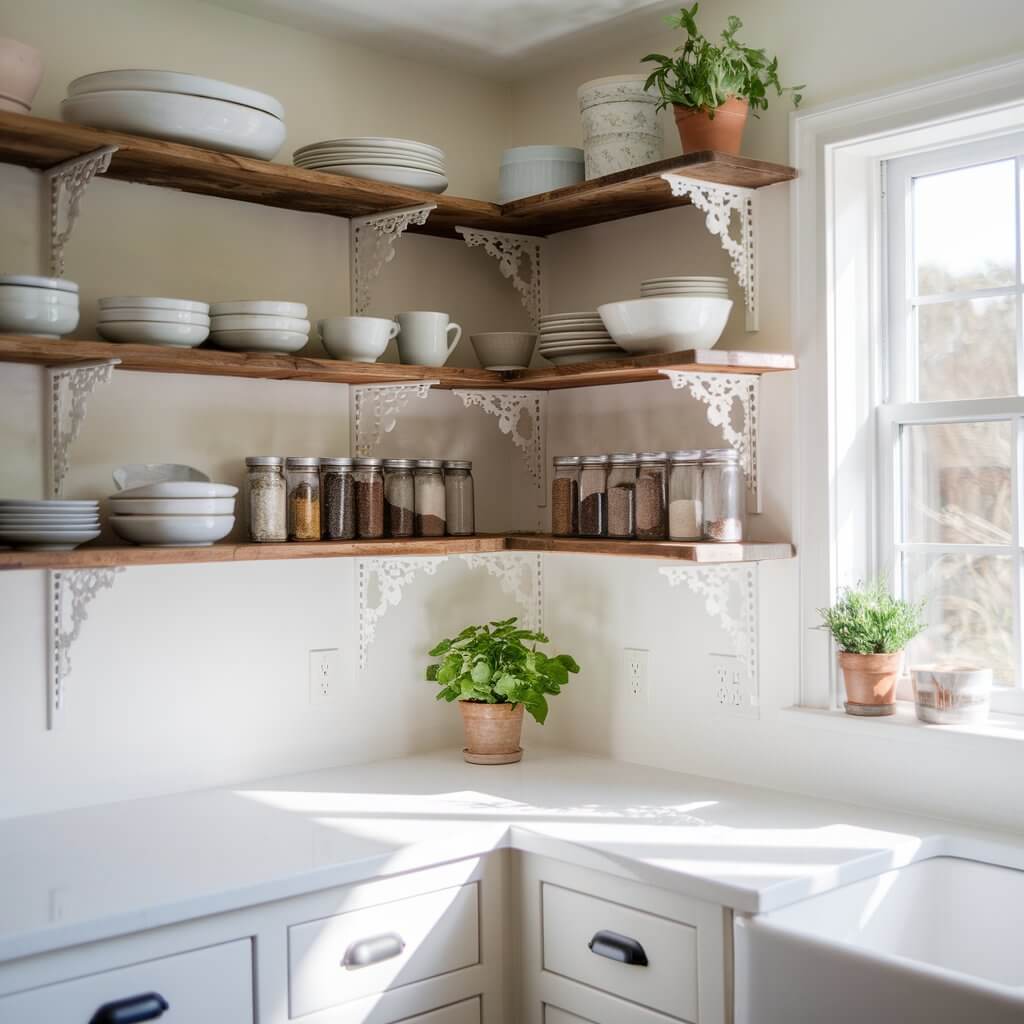
Ensure visual harmony by harmonizing your kitchen decor with adjacent living spaces.
Consider the overall style, color scheme, and design elements of adjoining rooms to create a seamless transition between areas.
Incorporate cohesive design elements, such as matching furniture, flooring, and wall treatments, to enhance the flow and continuity of the space.
14. Balance Functionality with Aesthetics
Strive for a balance between functionality and aesthetics in your kitchen design. Prioritize practical features and layouts that support efficient workflow and meet your everyday needs.
At the same time, it incorporates stylish elements, decorative accents, and personal touches that enhance the visual appeal and ambiance of the space.
15. Seek Professional Advice if Necessary
If you’re unsure about how to approach your kitchen decor, don’t hesitate to seek professional advice.
Consult with interior designers, kitchen planners, or home improvement professionals who can provide expert guidance and recommendations tailored to your specific needs, preferences, and budget.
Their expertise can help you confidently and easily achieve the kitchen of your dreams.
Final Thoughts
Remember, a well-designed kitchen balances functionality and style. Prioritize efficient layout, durable materials, and personal touches.
Seek professional advice if needed. With careful planning and creativity, your kitchen can become the heart of your home.
Happy decorating!

